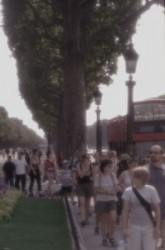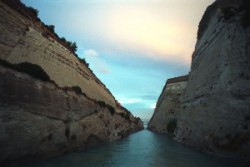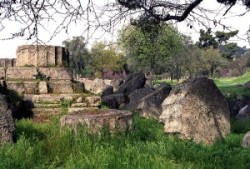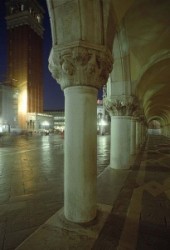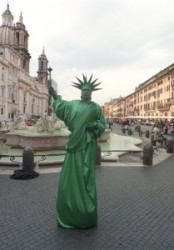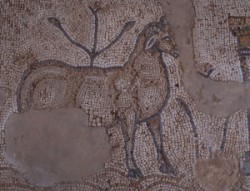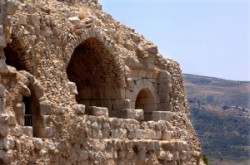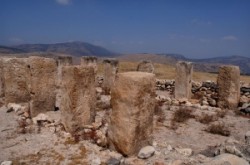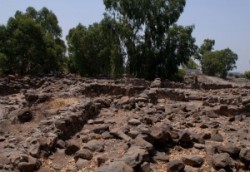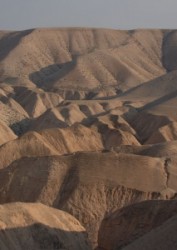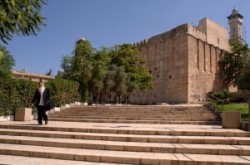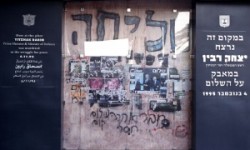GALLERIES
|
COUNTRIES, CULTURES, HISTORY
|
|
|
|
|
|
|
|
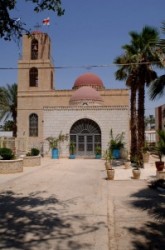
|
Jericho, Tell es-Sultan
|
Jericho: er Tell es-Sultan-Riha, Eriha, Yeriho. Oldest city in the world.
Discovered and excavated by Kathleen Kenyon in her Trench I, the Neolithic tower was built and destroyed in Pre-Pottery Neolithic A, which Kenyon dated to 8000-7000 B.C. The 8m diameter tower stands 8m tall and was connected on the inside of a 4m thick wall.
|
|
|
|

|
Mea She'arim ultra ortodox of Jews
|
Mea She'arim Quarter is home to the ultra ortodox of Jews, some so extreme in their views thet they do not recognise the modern State of Israel because it is not a theocracy. Here in the world unlike any other in Jerusalem, more reminiscent of the 19th century ghettos of Eastern Europe, a whole community leves, trying to avoid the march of time around them. |
|
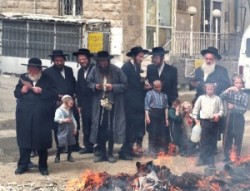
|
Pesach in Mea She'arim. Jerusalem.
|
Pesach in Mea She'arim. This quarter is home to the most ultra orthodox of Jews, some so exteme in their views that thay do not recognise the modern State of Israel because it is not a theocracy. Here in a world unlike any other in Jerusalem, more reminiscent of the 19th century ghettos of Eastern Europe, a whole community lives, trying to avoid the march of time around them. |
|
|
|
|
|
|
|
|
|
|
|
|
|
|
|


